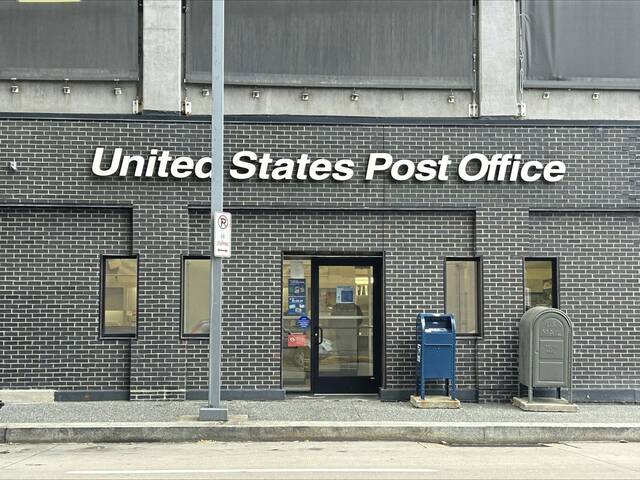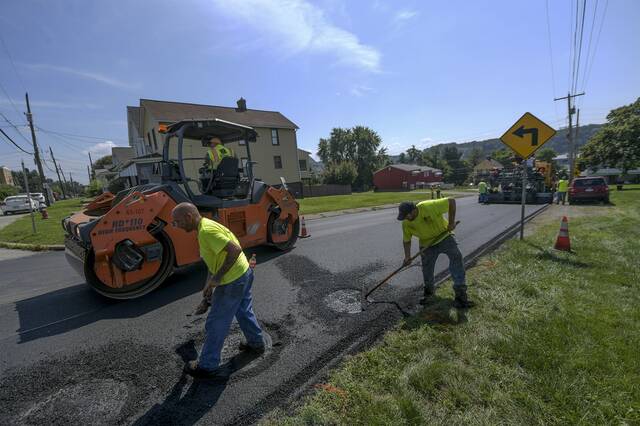Recently, the CDC published proposed new clinical practice guidelines for the prescribing of opioids. These update the agency’s 2016 guidelines intended to address the crisis of addiction and overdoses. Unfortunately, the 2016 guidelines also caused many physicians to throw well-managed pain patients off their medications, and a significant number of suicides was the result. The CDC later issued a statement that the rules had been “misinterpreted.” The 2022 guidelines reflect the fact that more guidance is still needed to “ensure patients have access to safer, more effective chronic pain treatment while reducing the risk of opioid use disorder, overdose, and death.”
I am among the millions for whom this is not an abstract health care policy debate. I was a passenger on Amtrak 188, the train that derailed outside of Philadelphia seven years ago this month and killed eight people. It was going 106 mph. My chest, abdomen and pelvis were crushed, and I was not expected to survive. I have had 31 surgical procedures (and counting). I have suffered intense bouts of acute pain, and I now live with chronic pain.
My injuries were so extensive that I was prescribed high doses of fentanyl and other opioids for an extended period after the accident, and then again after every major surgery in subsequent years. Medical science is clear that the stress of acute and chronic pain can slow physical healing and foster depression and other mental health conditions. I never felt any kind of high or euphoria from the drugs, but the dulling of my pain was critical to my will to keep fighting, to my recovery from depression and PTSD, to my ability to push through physical therapy, and to be a real mom who could get out of bed and sit at the family dinner table.
During my years-long recovery, my experiences with pain management varied widely. I have had agonizing and frustrating experiences even during my hospital stays post-surgery, but the most difficult challenges were in dealing with the health care system as an outpatient. In my state, the law provided that a prescription couldn’t be written for more than a 30-day supply, and no refills were allowed until the end of that period (so that the patient was never left with excess that might be sold or shared.) Today, many states have limited the maximum prescription to just seven days.
Paying strict attention to how many pills were left of each prescription became of paramount importance. Just being a few hours late in taking my medications left me feeling unable to breathe, curled in a fetal position, and set me back in my efforts to move beyond the PTSD symptoms of a nervous system stuck on high alert. Pharmacies required a hard copy of the prescription form, necessitating a trip to the doctor’s office for every refill for every medication. And then, the race began.
The insurance company required 48 hours to approve any narcotics. All too often, I had to make a frantic call to the company and explain that I didn’t have 48 hours before being thrown into cold-turkey withdrawal.
Many pharmacies have been rightly accused of lax oversight of opioid dispensing, but I never experienced such laxity. After running the gauntlet to get a refill prescribed and approved in time, we were often told at the pharmacy that they had to special order the medicine. When told the need was urgent, the pharmacist often shrugged and suggested we try another pharmacy. One time, the pharmacist explained that they ran low at the end of the month and were not allowed to order more until next month. A humiliating undercurrent of suspicion ran through every interaction.
The stigma continued at my check-ups with my pain specialist. The insurance company required regular drug tests. When most people hear the phrase “drug test,” they think of peeing in a cup to prove you don’t take drugs. In my case, I had to submit urine every month to prove that I did take them, rather than sell them. While it might seem trivial, I assure you it was not while I couldn’t walk and was dealing with a severely damaged pelvis and bladder injury. Ultimately, I had to resign myself to a system that didn’t trust me, didn’t care about my special circumstances and seemed designed to be uniquely challenging for a patient trying to adhere to a time-sensitive regime for pain management.
I was fortunate to have excellent insurance and care, including as I healed and gradually weaned off all the prescription pain medicines. I can’t imagine how difficult it is for those without a strong support network, access to transportation, and assistance in navigating the bureaucracy while trying to heal from major trauma. I am sure that one of the results of the lack of coordination of outpatient care is additional suffering among pain patients from poor and underserved communities.
The opioid crisis is tragic, but we must find the right balance, as the new CDC proposals recognize. A prominent bioethicist writes that the challenge physicians face is the need for nuance: “The benefit of opioids doesn’t mean that we should take them like candy, and the risk of opioids doesn’t mean that we should lock them away and forget about them.”
But nuance and judgment are far harder to teach and enforce than simple rules. Knowing when opioids will help more than hurt requires complex data that have been hard to collect and analyze. Doctors have needed more guidance.
The newly proposed CDC guidelines offer a welcome call for greater emphasis on patient-physician communication and a more personalized approach to balancing the risks and benefits of opioids. Even when the guidelines are finalized, however, the burden will be on the actors in the health care system to put them into practice. Nuance may not always fit into a 15-minute patient time slot. But the system — and patients in pain — are crying for change.
Geralyn Ritter, a health care policy expert, is a survivor of the 2015 Amtrak derailment outside Philadelphia. She is the author of “Bone by Bone: A Memoir of Trauma and Healing.”








